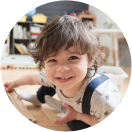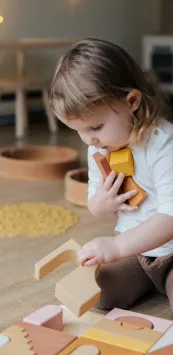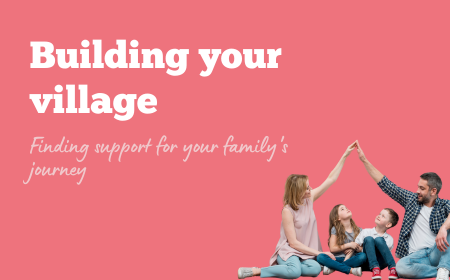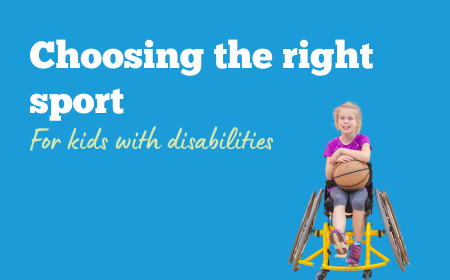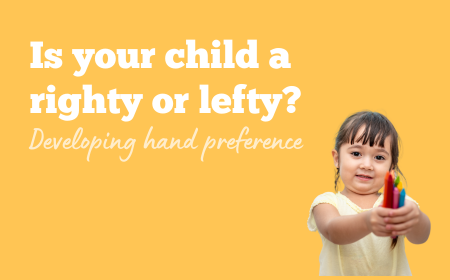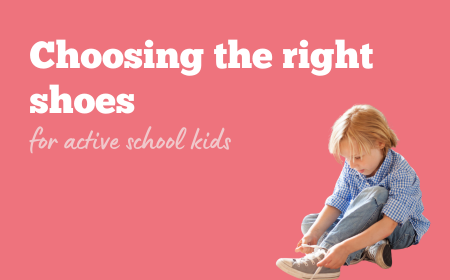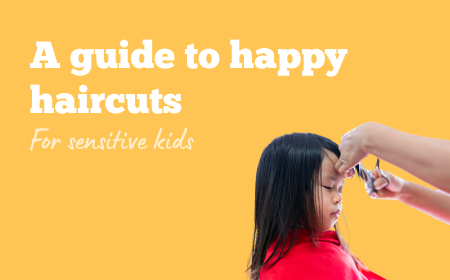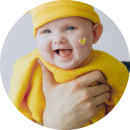About Garment Therapy
Garment therapy involves using specialised garments that offer a unique approach to promoting optimal movement, alignment and functionality in children. Designed to be comfortable and adaptable, these garments give children postural support and assist movement to maximise their independence and participation in play and everyday tasks. Examples of garments that are used and trialled at South West Kids Clinic include Theratogs, SPIO, Spiral Skins, Dynamic Movement Orthoses (DMO) and Second Skins.
Who will Garment Therapy help?
Children with movement difficulties and reduced postural control can highly benefit from trialling and using supportive garments to facilitate improved movement patterns and muscle activation. They aid improved postural alignment, movement coordination, muscle engagement and stability for children with:
- Cerebral Palsy
- Muscular Dystrophy
- Spinal Cord Injuries
- Neurodevelopmental Delays
- Other movement related conditions
How does it work
Garment therapy uses customisable garments and strapping that work together to provide targeted support and encourage optimal movement patterns. These garments are strategically applied to a child’s body to aid in achieving improved posture, muscle activation and overall function.
Introducing Garment Therapy in sessions
Our experienced therapists begin by conducting a thorough assessment of your child’s motor skills, movement patterns and postures to evaluate their unique needs and ensure that a garment prescription aligns with their goals. Based on the assessment your Physiotherapist or Occupational Therapist will make recommendations and trial suiting systems that best address your child’s needs, including referral onto an orthotist if a DMO is the most appropriate garment for your child.
Theratogs and Spiral Skins will be trialled during therapy sessions, where the garments are applied to your child’s body with precision. They will add straps to provide additional support around particular muscle groups to either relax or activate them, in order to promote optimal body alignment. As your child wears the garment, they engage in various activities and exercises under the guidance of their therapy team.
We monitor your child’s progress and make adjustments along the way to ensure the garment is suitable for you child, prior to implementing use of the garments at home on a regular basis. Combined with various other therapy tools and interventions, the garments work to provide prolonged periods of optimal positioning and alignment, even when not in a therapy session.
What is the difference between Theratogs, Spiral Skins, and DMOs?
Theratogs, Spiral Skins, and Dynamic Movement Orthoses (DMOs) are all types of garments used in therapy to improve alignment and facilitate movement. Theratogs, SPIO and Spiral Skins typically provide moderate postural support and enhance muscle activation. DMOs and Second Skins are custom-fit garments that use a combination of compression and targeted reinforcements to assist with motor control, offering greater postural support for children with specific needs. Each garment serves a unique purpose and your therapist will work with your child to trial and identify the right garment for them.
How do I know if garment therapy is right for my child?
Your child’s suitability for garment therapy will be determined through a thorough assessment by our experienced therapists. They will evaluate your child’s motor skills, movement patterns, and posture to see if a specialized garment like Theratogs, Spiral Skins, or a Dynamic Movement Orthosis (DMO) is appropriate.
Can my child wear the garment during everyday activities, such as school or play?
Yes, one of the key benefits of garment therapy is that it can be worn during everyday activities. This allows your child to receive continuous support while they play, learn, and engage in daily routines, helping to reinforce optimal movement patterns and posture throughout the day.
Will my child feel uncomfortable wearing the garment?
The garments used in therapy, like Theratogs and Spiral Skins, are designed to be comfortable and adaptable. While there may be an adjustment period, most children find them comfortable to wear during activities. Your therapist will ensure that the garment is properly fitted to minimize any discomfort.
What should I do if my child refuses to wear the garment?
If your child is reluctant to wear the garment, your therapist can work with you to find solutions, such as gradually increasing wear time, making adjustments for comfort, or using positive reinforcement strategies. It’s important to address any concerns to ensure your child can benefit fully from the therapy.

